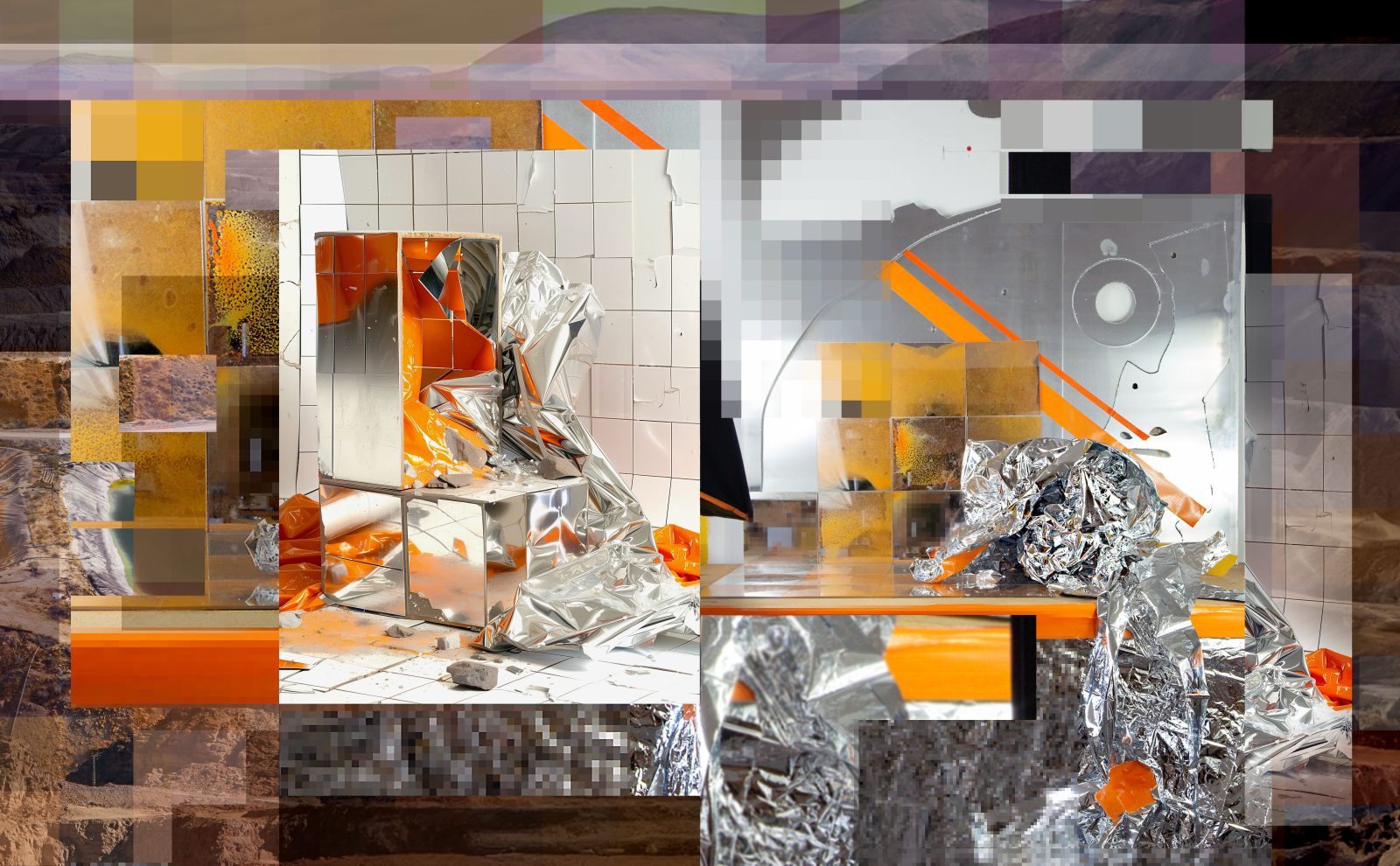A resource inviting students to engage critically with the technologies behind digital image making.
Introduction
Images surround our daily lives, but what’s involved in getting these images in front of our eyes, the technology that brings photography to our screens? Do you always need a camera, a human even, to create an image?
What are the processes, the labour, the resources involved? Where does it all come from? What is the human impact of exploitative labour, mining for precious minerals buried in the earth that took millions of years to form.
This resource invites students to engage critically with the technologies behind digital image making and Artificial Intelligence through the lens of artist Felicity Hammond’s commission, Variations, introducing real-world strategies that aim to replicate how Machine Learning, the internet and AI works.
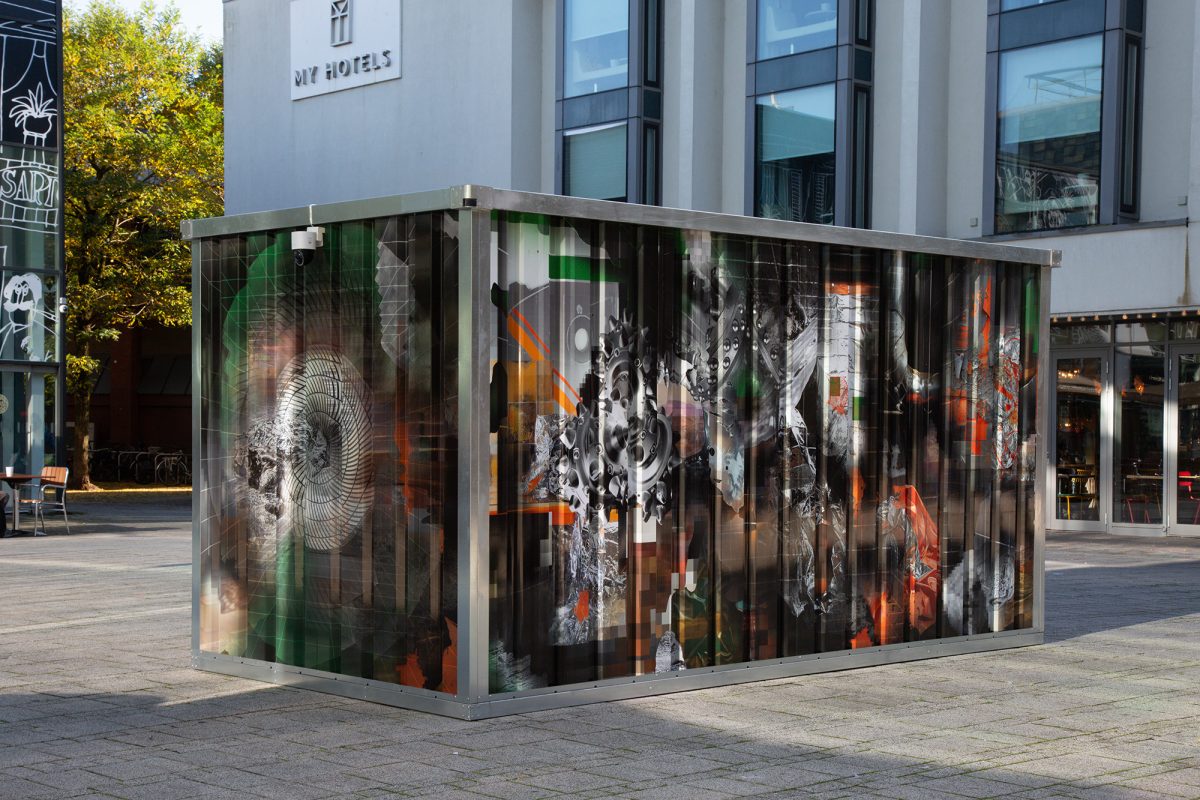
Variations by Felicity Hammond
Variations is a four-part exhibition, presented as four chapters at four different venues. It seeks to reveal relationships between geological mining and data mining, image-making and machine learning using the many landscapes associated with artificial intelligence to map how digital photographic material makes its journey from mineral to pixel; from the subsurface to the screen.
Variations is presented, not as a touring exhibition, but as chapters, or different iterations of itself, referring to the image generation platforms that utilise machine learning in their outputs.
Variations reflects on the global structures that support the digital economy. It invites the audience to consider the contents that are hidden behind and within these systems, from the minerals extracted, refined and shipped for technological devices, to the human labour and environmental costs of such processes.
The first chapter of the exhibition V1: Content Aware is exhibited outdoors as a public realm installation in central Brighton. Borrowing its title from an AI-driven image editing tool, the work exposes the physical infrastructures behind the facade of machine learning models. It asks the audience to consider these systems, from the minerals extracted, refined and shipped for technological devices, to the human labour and environmental costs.
“I was always encouraged to push my techniques in terms of what photography can be and examine the boundaries of it” – Felicity Hammond
Renowned for combining photography with large-scale installation, Hammond is fascinated by political contradictions and sites of human intervention including the shipping containers that carry raw materials to fuel our digital economy. En masse like pixels towered on giant cargo ships, they await the journeys that traverse oceans, above under-sea cables that deliver data worldwide.
An overview of Felicity Hammond written by ChatGPT
Felicity Hammond is a contemporary artist known for her innovative work that explores the intersection of photography, sculpture, and digital media. She often combines traditional photographic techniques with digital manipulation to create layered, visually striking images that comment on themes of consumerism, urban landscapes, and the impact of technology on our lives.
Hammond’s work often critiques the increasing reliance on technology and AI, questioning how these advancements shape our interactions and environments. This critique is particularly relevant in discussions about surveillance, data privacy, and the commodification of personal information.
In specific works Hammond photographs digitally manipulated images from property developers’ billboards and brochures and prints them directly onto acrylic sheets which are then shaped into unique sculptural objects, locating her work in the collision of digital and physical formats.
I. Mapping with a ball of string

Students map their connections to each other as a group using a ball of string, asking the question, ‘What’s one of your favourite foods?’.
Activity
Using a ball of string to map the groups connection to each other as a group, using the question, ‘What’s one of your favourite foods?’.
Standing in a circle, one person is holding a ball of string and answers the question. Should another person agree with their answer, they walk over to that person, take the ball of string and return to their place leaving a line of string between the two of them and also expand upon the question ‘But I also like…’
This process is repeated until a web of string is created between all participants.
References
Maps of the internet: https://www.opte.org/about
Maps of internet cables under the sea: https://www.submarinecablemap.com/
II. Collaborative map making
Students investigate objects by asking ‘how and where did that come from?’ They work collaboratively to create large-scale artwork that maps the known and unknown processes that brought the object into existence.
Activity
Invite students to choose an object and investigate how it came into being by using a mix of facts, educated guesses and their imagination.
Initially this activity is done as a whole group verbal exercise, making use of the collective knowledge of the group, listening to each other, sharing ideas, and adding new questions.
Students then use books, digital devices and existing knowledge to inform their research. All their ideas and research are mapped onto a piece of paper to create a large-scale collaborative artwork that is added to and grows over a period and depicts the complexities of the world we live in.
Students could choose images from newspapers and magazines to create a collage depicting processes, using a mix of facts and imagination to answer the questions that arise. Students could be encouraged to photograph materials, places and ideas that come up during discussions, printing them out, and putting them on the map.

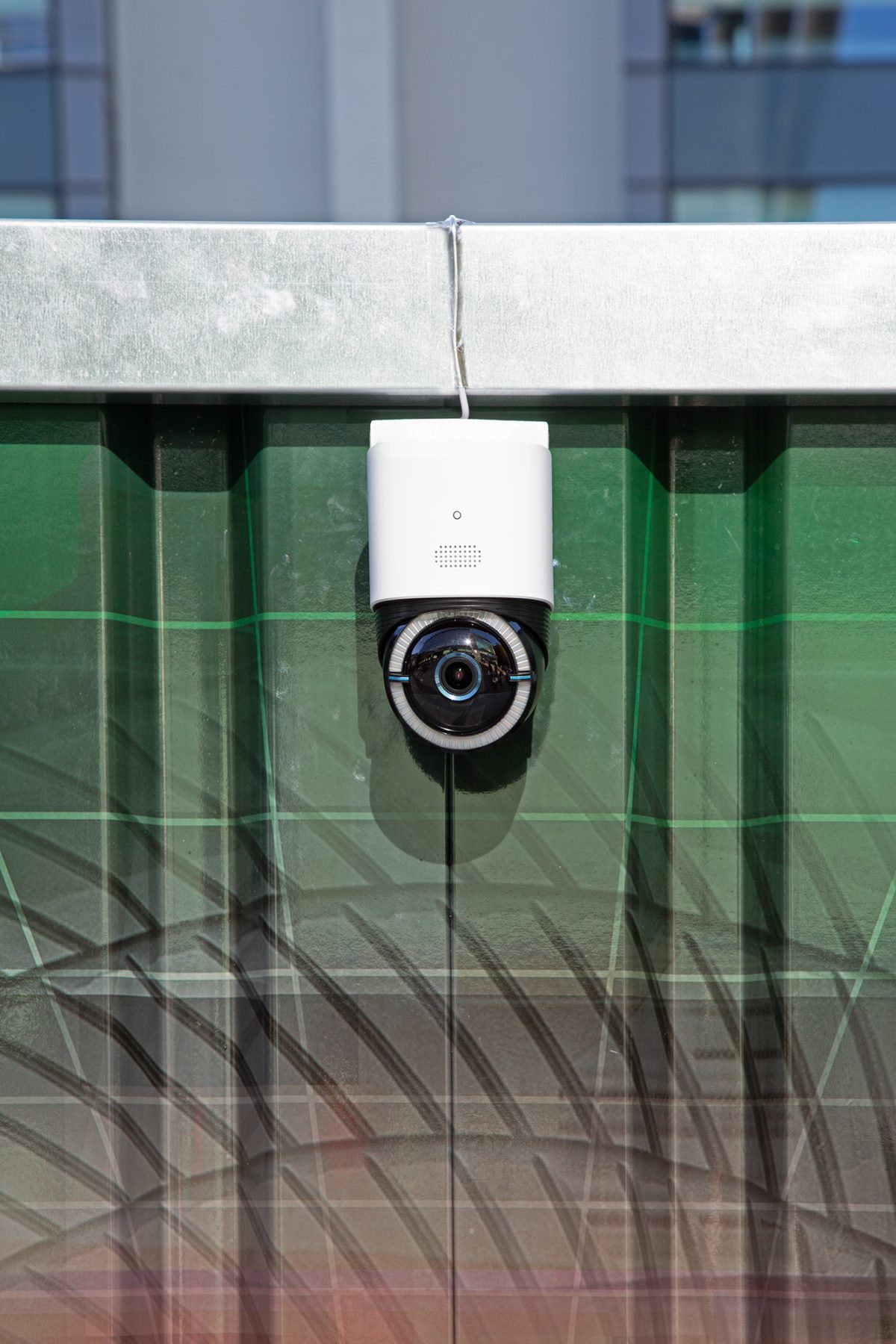
Questions to prompt students’ enquiry
(see map generated by ChatGPT)
- What are all the different components that go into the objects we use daily, and what are they made of?
- Think about labour, land and international geo-politics.
- Does a neutral input exist?
- What resources were needed to make them?
- How are they extracted from the planet – where does this happen, who does this?
- ‘Who benefits from all this and who suffers?
- What’s the cost?
- Don’t shy away from the unknown, difficult questions or the political nature of everything.
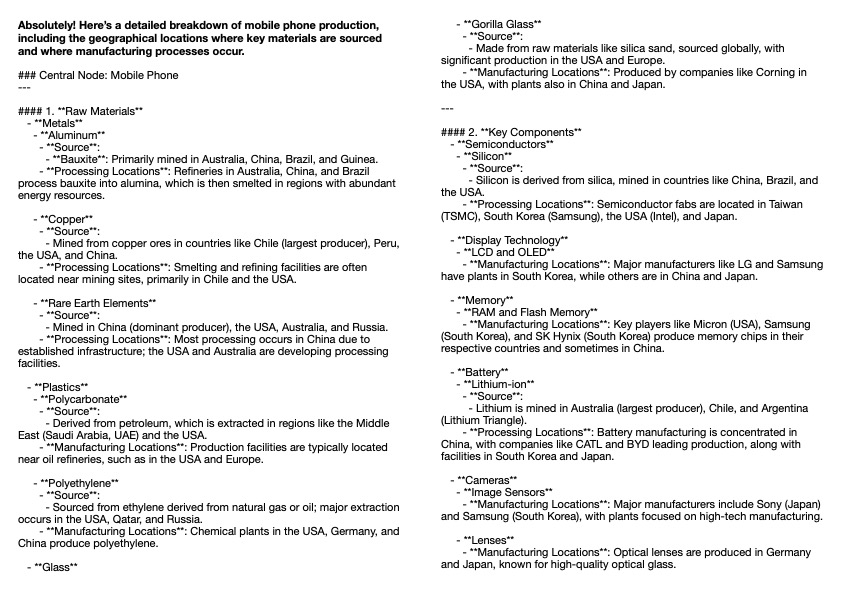
III. Choreographing the story of an object
Watch this clip of French artist Camille Henrot’s “Grosse Fatigue” (2013) attempting to tell the story of the universe’s creation in a short video made from a computer desktop and using the collection of the Smithsonian Institution in Washington DC.
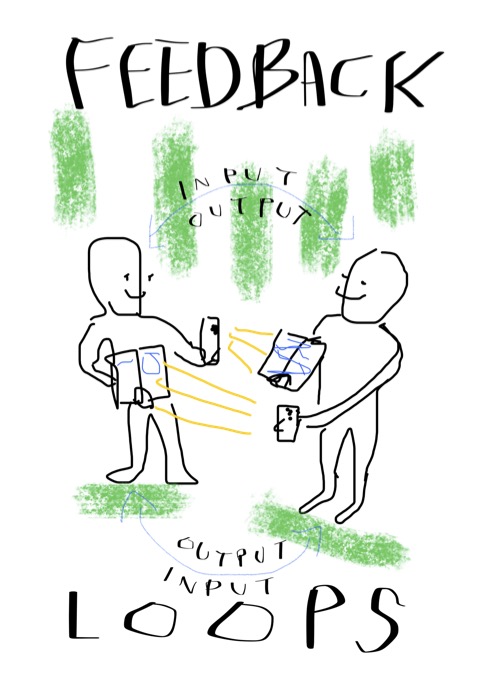
Activity
With their chosen object in mind and the main question, ‘How and where did that come from,’ students use books to find answers and ideas and to build a narrative of their chosen object. Students may need access to a school, college or local library to do this.
Ask students to look through books to find answers. Once a satisfying image or text is found, they should leave the book open on that page and then look for more relevant and connected information in another book.
Students repeat this process, laying books on top of each other until they have created a collection of books open at relevant pages. Encourage students not to be afraid of it getting all wonky and confusing. We live in a wonky and confusing world!
Invite students to turn their built-up layers of knowledge, images and information into artwork. The research and layering process could be filmed on a device, edited and shared to the group, or planned and choreographed as a performance for the rest of the group to watch.
IV. Key Word Activity
Students create collaborative artworks in response to each of the four chapters of Felicity Hammond’s Variations.
Activity
Students use a device to take a picture of an object that relates to each of the following keywords from each chapter of Felicity Hammond’s Variations.
Students create an analogue or digital collage out of their images, working together (collaborating) to create one large image.
Key Words
V1: Content Aware
Logistics, supply chain, circulation, global trade routes, planetary, mine.
V2: Rigged
Megamachine, data capture, mining, extract, rig, processing, depletion, natural resources.
V3: Model Collapse
AI Hallucination, feedback loop, polluting, mirror, means of production, studio, set.
V4: Repository
Data storage, waste disposal, archive, transmitter, environmental impact, server, burial.

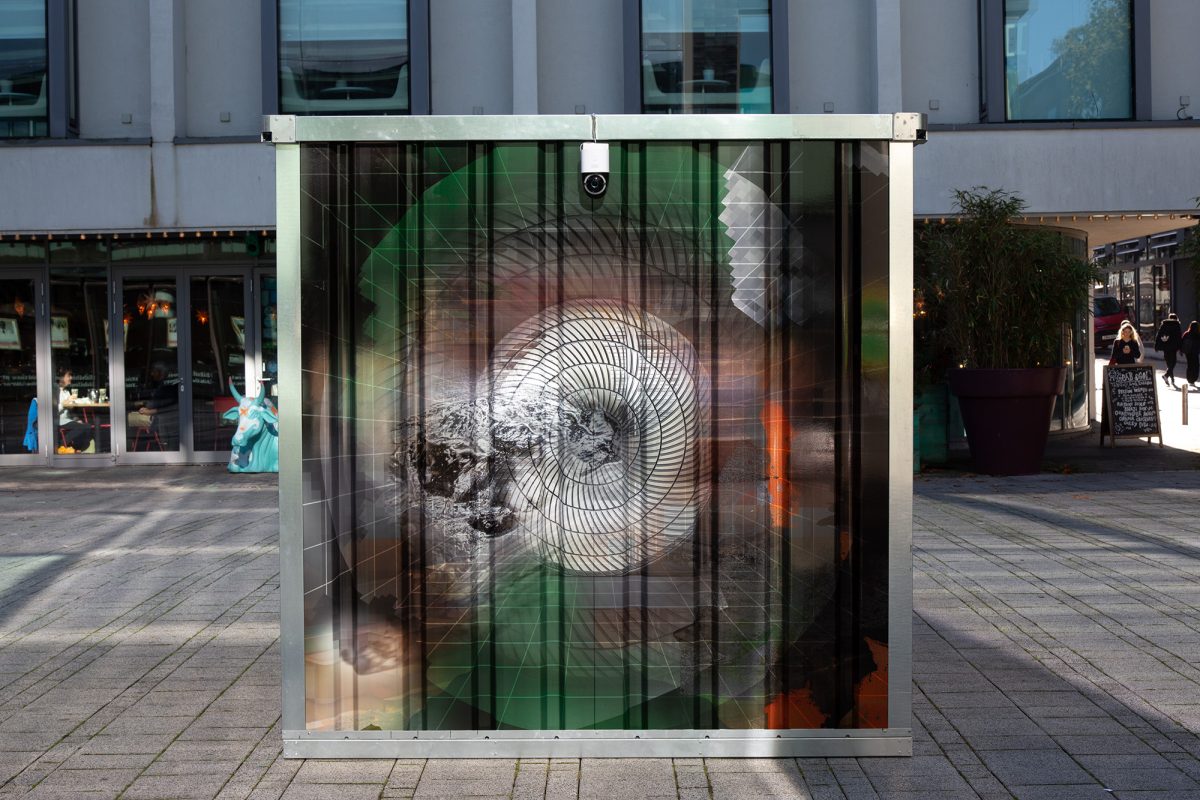
Questions to prompt students’ enquiry
- How does digital photographic material make its journey from mineral to pixel?
- What does the journey look like for a digital image to arrive on a screen?
- What questions do we need to ask to find this out?
- How many hands does an object go through to be made and arrive in our hands?
- Stay with the complication, the world is a lot more complicated than you think.
Other Artists
This quote by artist and filmmaker Hito Steryl is central to the ideas in Variations.
Camille Henrot Grosse Fatigue
Mark Leckey The Universal Addressability of Dumb Things
The exhibition The Boat is Leaking. The Captain Lied by artists Thomas Demand, Alexander Kluge and Anna Viebrock.
Kate Crawford (Research Professor at New York University, Principal Researcher at Microsoft Research New York, and co-founder/director of the AI Now Institute at NYU) Anatomy of an AI System.
Jeremy Deller The History of the World.
Dean Kenning Psychobotanical
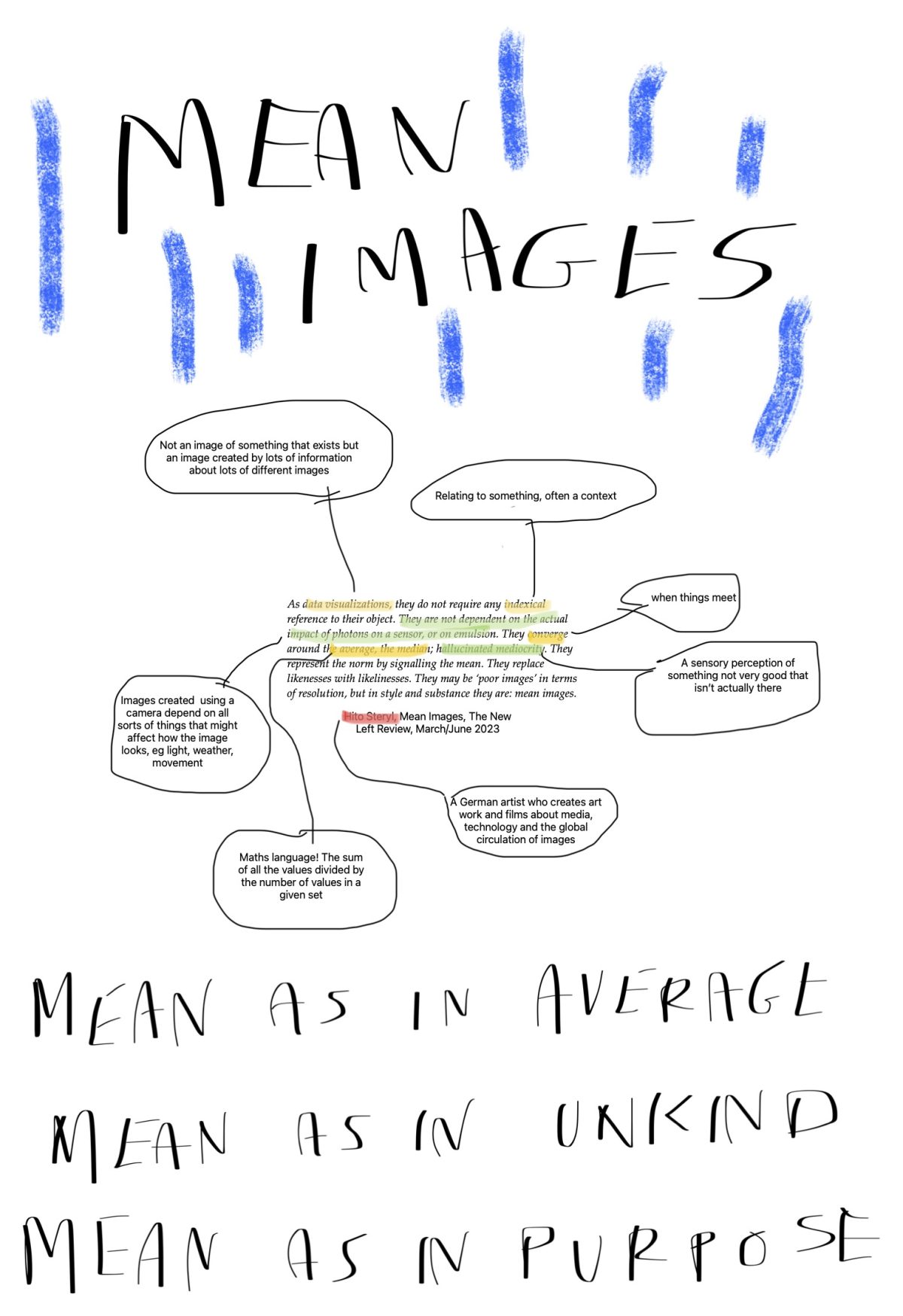
About the Contributor
Sam Ayre is a socially engaged artist with a supporting studio practice based in rural East Sussex.
Ayre specialises in projects that focus on opinions, society, learning, ecologies and ideas of legitimacy surrounding art, culture and history.
Much of his work is project-based, engaging groups of people in exploring their opinions, ideas and emotions, encouraging radical imagining, embracing tangents, conviviality and mistake-making.
